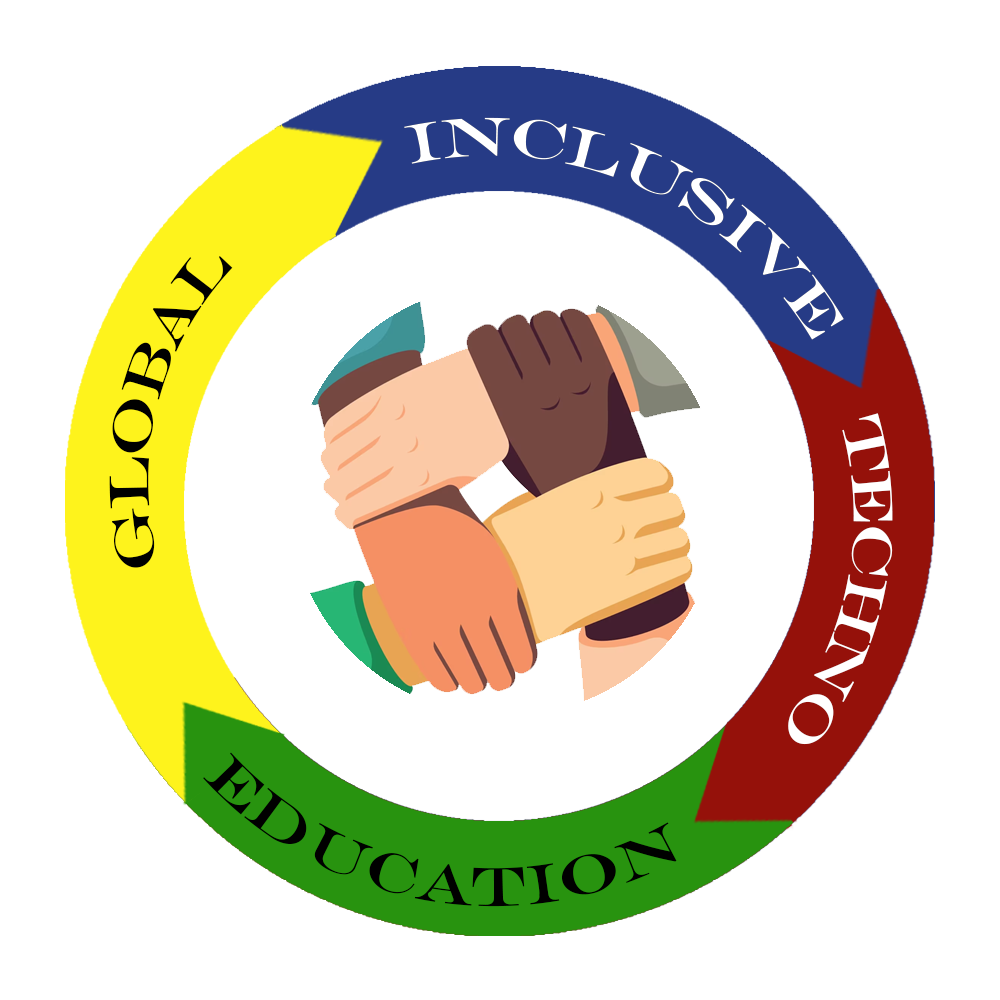Dysgraphia is a learning disability that specifically affects students’ handwriting ability and fine motor skills.
Dysgraphia refers to trouble with writing and challenges with a set of skills known as transcription, such as handwriting, typing, and spelling.
GLOBAL INCLUSIVE TECHNO EDUCATION GROUP’s plan is to serve as a blueprint to work with educational partners to provide direction and expectations as we strive to improve the academic achievement of students with disabilities, enhance special education programs and provide an integrated system of general supervision of the Individualized Education Program(IEP) process.
Warning Signs of Dysgraphia
Written expression disorder signs and symptoms
Students with written expression disorder might be well organized in telling a great story. However, when they try to write it out, they encounter difficulties and run into trouble.
Students struggling with these important skills can be seen as not smart as other students. This weakness and the lifelong challenge are not related to intelligence.
There are signs and symptoms you might see in written work; such as misused words or with wrong meaning; use of the same word over and over; missing verbs or incorrect noun-verb agreement, in one-word mistakes in basic grammar.
Students with this learning disability might write sentences that do not make sense. Their essays are totally disorganized. Their works are always incomplete because of the slow writing and typing.
Dysgraphia and behavioral signs
Students with dysgraphia make excuses by avoiding assignments and complaining about a clear understanding of what to write and where to start. When given a written assignment, they will take time at their desk without writing, and they quickly finish their written task.
Diagnostic of Dysgraphia
How Written Expression Disorder is diagnosed?
Evaluation is the only way to be sure that a person has written expression issues.
The department of Special Education might commit a certified person or company to evaluate a student for Special education services.
A special evaluation or IEP evaluation is a process that involves several steps such as the agreement between the school and family, gathering school data, having teachers, parents, caregivers, and students complete questionnaires, and having the student tested by a psychologist for problems solving and lever thinking, having the student tested by another professional like a speech therapist, conducting an observation in the classroom or in-school doing.
Finally, schedule a meeting to discuss the evaluation’s findings to decide if the student is qualified for special education services.
Treatment and Services
Special Education and related Services
A qualified student for special education is entitled to have an Individualized Education Program-IEP that describes the service the student will receive, and the frequency to receive it.
What is an Individualized Education Program-IEP?
An IEP is a written legal document covered by special education law also called the Individuals with Disabilities Education Act( IDEA). It is an education plan that lays out a specific program with special education instruction and supports to meet students with learning disabilities needs in a general school setting.
An IEP gives students, families, and schools legal protections.

